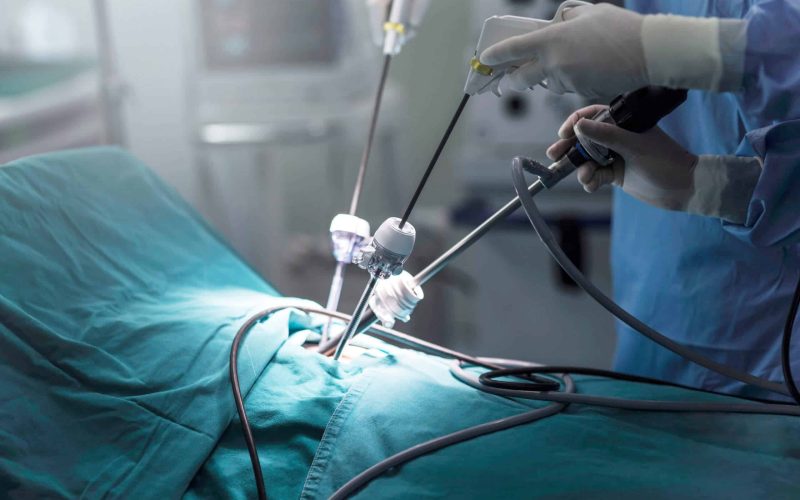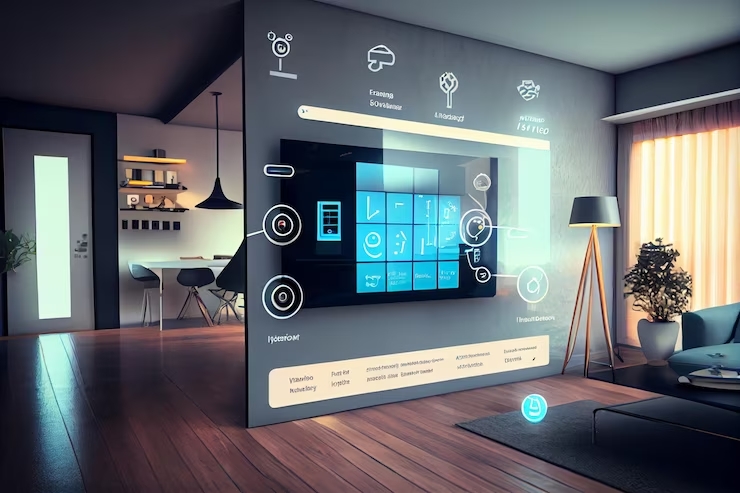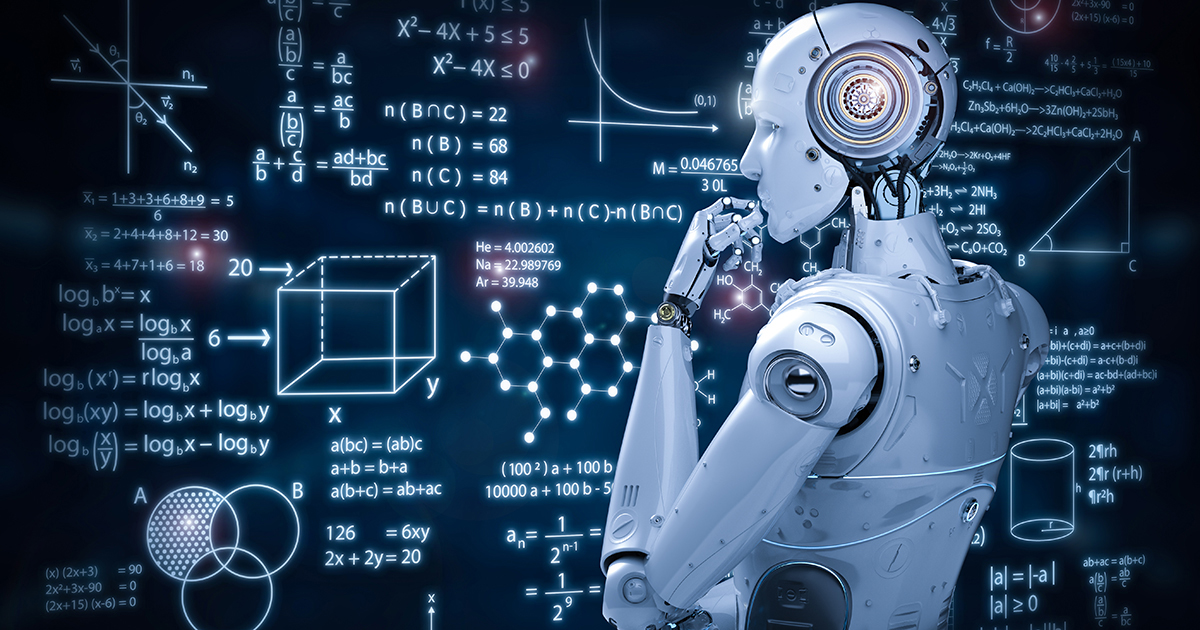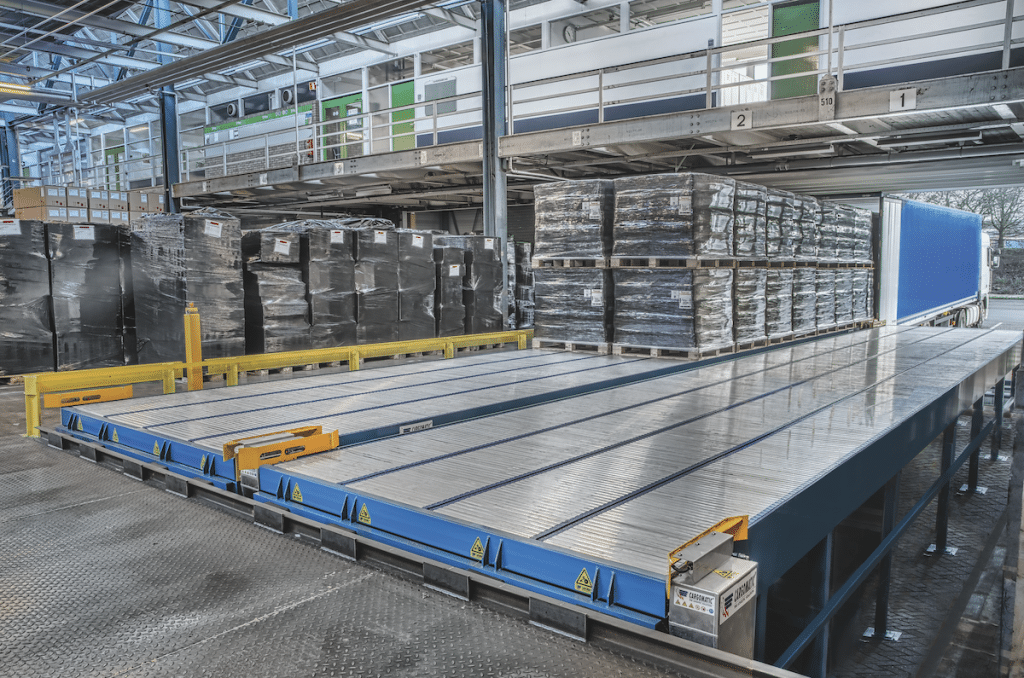 Local SEO Boost – Put Your Business on the Local Map!
Local SEO Boost – Put Your Business on the Local Map!
Frontline Technologies Redefining the World of Delta Robotics
Written by Neenu » Updated on: June 17th, 2025

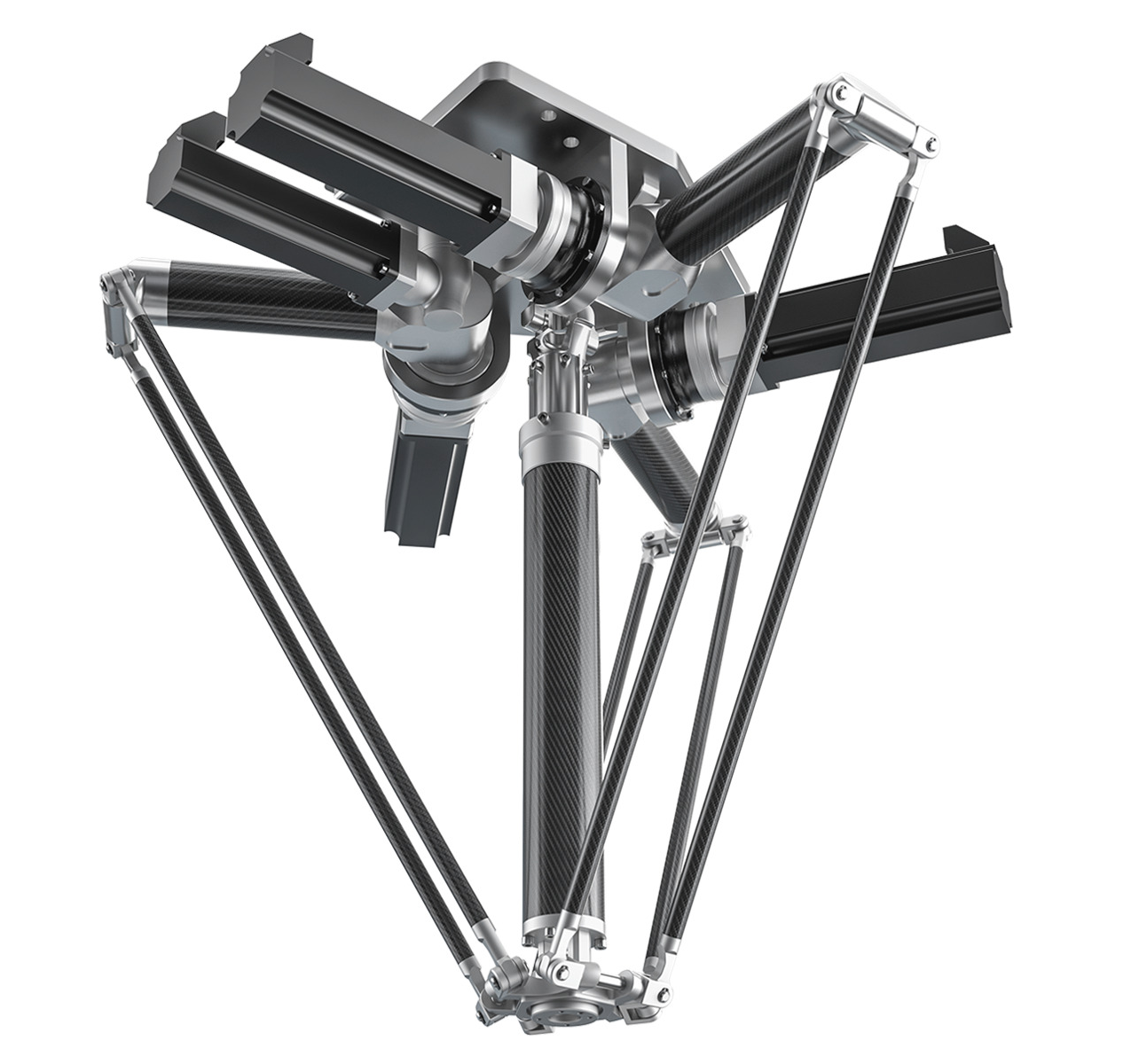
Introduction:
The world of robotics has been evolving at a rapid pace, with new technologies continually pushing the boundaries of what machines can do. Among these innovations, delta robots have emerged as one of the most efficient and precise tools for various industrial applications. Known for their fast movements and high precision, delta robots have been at the forefront of automation in industries such as manufacturing, food processing, packaging, and pharmaceuticals. However, the true potential of delta robots has yet to be fully realized, and new technologies are continually reshaping their role in modern industries.
One of the most impactful advancements in the field is the integration of frontline technologies, which are enabling seamless collaboration between human workers and delta robots. These technologies have revolutionized how industries view human-robot interaction, making it safer, more intuitive, and more productive. The combination of advanced robotics and human collaboration offers a new frontier in industrial automation, promising better performance, higher efficiency, and greater worker satisfaction.
This article delves into how frontline technologies are redefining the world of delta robotics and explores the ways in which human-robot collaboration is becoming an essential part of modern industrial operations.
Understanding Delta Robots: Speed and Precision at Their Core
Delta robots are a class of parallel robots, characterized by their lightweight, three-arm design that allows them to move with exceptional speed and precision. Unlike traditional robots, which often have a fixed arm or multiple axes of movement, delta robots are built for fast, synchronized movements, making them ideal for tasks that require high-speed operations and accuracy. They are commonly used in industries such as electronics assembly, food packaging, and pharmaceuticals.
What sets delta robots apart from other industrial robots is their ability to handle small objects with remarkable precision. Their design allows them to perform tasks such as picking, placing, sorting, and packaging with efficiency levels that are hard to match with other types of robots. Their versatility and precision have made them invaluable in high-speed, high-volume production environments.
While delta robots were initially deployed in fully automated environments, recent advancements in frontline technologies are now enabling them to work alongside human workers, fostering a more collaborative approach to automation.
Frontline Technologies Enabling Seamless Collaboration Between Human Workers and Delta Robots
The next generation of robotics involves not just the deployment of robots in production environments, but their seamless integration into workflows alongside human workers. Frontline technologies, such as AI, machine learning, vision systems, collaborative robotics (cobots), and advanced safety features, have dramatically improved the interaction between humans and delta robots, making collaboration more effective and beneficial for both parties.
1. AI and Machine Learning for Adaptive Behavior
One of the most important advancements enabling human-robot collaboration is the integration of artificial intelligence (AI) and machine learning into delta robotics. AI allows robots to process real-time data from their environment, making them capable of adapting their behavior to changing circumstances. For instance, AI-powered delta robots can adjust their speed, trajectory, and force based on the conditions of the task or the environment, ensuring that they work optimally in collaboration with human operators.
Machine Learning algorithms can also help robots learn from their interactions with human workers, allowing them to improve over time. For example, if a delta robot is tasked with picking up objects from a conveyor belt, it can learn from its experience and improve its grip strength or speed to work more effectively alongside human colleagues.
Download FREE Sample of Machine Learning Market
2. Collaborative Robotics (Cobots) for Safe Human-Robot Interaction
Cobots are robots specifically designed to collaborate with humans in shared workspaces. Unlike traditional industrial robots, which often operate in isolated environments to prevent accidents, cobots are built with advanced safety features that enable them to work directly with human workers without the need for physical barriers or cages.
In the case of delta robots, cobot systems are being integrated with safety sensors, force-feedback mechanisms, and advanced vision systems. These features allow the robot to detect the presence of a human worker in its vicinity and adjust its movements accordingly. For example, if a human operator gets too close to a delta robot while it is performing a task, the robot can slow down or stop to avoid contact, ensuring a safe working environment for both the human and the robot.
Additionally, cobots are designed to be easily programmable and adaptable, allowing workers to teach them new tasks with minimal effort. This flexibility is crucial in industries where production lines are constantly changing and require agile automation solutions.
3. Vision Systems for Enhanced Precision and Collaboration
One of the key technologies enabling seamless human-robot collaboration in delta robots is advanced vision systems. These systems provide robots with the ability to "see" their environment in real-time, allowing them to perform tasks with a high degree of accuracy and responsiveness. Vision systems can be integrated into delta robots to enable precise object detection, tracking, and manipulation.
For instance, a delta robot equipped with a high-resolution camera can identify objects on a conveyor belt, analyze their shape and position, and then adjust its movements accordingly to pick or place the items with precision. This capability allows the robot to collaborate with human workers in dynamic environments, where objects might shift or be positioned differently depending on the situation.
The integration of vision systems into delta robots also helps to improve safety. By detecting human workers or other obstacles in their environment, these robots can adjust their behavior to avoid accidents and ensure a smooth workflow.
4. Enhanced Safety Features for Risk-Free Collaboration
Safety is one of the biggest concerns when it comes to human-robot collaboration, particularly in high-speed environments like those that involve delta robots. To address these concerns, frontline technologies have introduced a range of advanced safety features that make it possible for delta robots to work alongside humans without putting them at risk.
Force sensors, for example, enable robots to detect when they come into contact with an object or a human worker, allowing them to apply just the right amount of force. This ensures that delicate objects are not damaged, and that humans working near the robots are not injured. Additionally, many delta robots now come with advanced monitoring systems that can track their movements in real-time, stopping the robot if it detects any unusual behavior or potential danger.
Another key safety feature is the development of collaborative workspaces. In these environments, delta robots are equipped with safety barriers, sensors, and fail-safe mechanisms that prevent accidental collisions or injuries. These safety features are designed to operate in harmony with human workers, ensuring that robots can assist in high-speed tasks without compromising safety.
5. Real-Time Data and Feedback for Increased Efficiency
AI-powered delta robots, integrated with frontline technologies, can provide real-time feedback to human workers. This feedback can be in the form of visual cues, audio signals, or vibrations that help workers better understand the robot's status and guide their actions accordingly. This level of communication ensures that human workers and delta robots are synchronized, reducing the risk of errors and improving overall efficiency.
For instance, if a delta robot detects that an item has been incorrectly placed on the conveyor belt, it can alert the human operator to adjust the position before the robot continues its task. This proactive communication between humans and robots ensures that the production process runs smoothly and reduces the chances of defects.
Key Benefits of Frontline Technologies in Delta Robotics
The integration of frontline technologies into delta robots brings several benefits to industries that rely on automation. These benefits go beyond just improving the performance of delta robots—they also enhance human workers' ability to interact with these robots, creating a more harmonious and efficient working environment.
1. Increased Productivity
By enabling robots to perform tasks more efficiently and accurately, frontline technologies significantly increase overall productivity. AI, machine learning, and collaborative robotics allow delta robots to perform complex tasks in collaboration with human workers, reducing downtime and increasing throughput.
2. Improved Worker Safety
The safety features enabled by frontline technologies make it possible for delta robots to work in close proximity to human workers without putting them at risk. Sensors, force-feedback mechanisms, and monitoring systems ensure that robots behave in a safe and predictable manner, reducing the likelihood of accidents.
3. Higher Flexibility and Agility
Frontline technologies allow delta robots to adapt to changing environments and tasks. This flexibility is especially important in industries where production lines are constantly evolving and need robots that can quickly adjust to new requirements.
4. Cost Reduction
While the initial investment in AI and robotics may seem high, the long-term benefits in terms of reduced labor costs, increased efficiency, and fewer errors make the integration of frontline technologies a cost-effective solution for businesses. Delta robots, combined with collaborative technologies, help reduce operational costs while improving product quality.
Download FREE Sample of Artificial Intelligence Market
The Future of Delta Robotics and Frontline Technologies
As technology continues to evolve, the future of delta robotics looks increasingly promising. Frontline technologies are constantly improving, making it possible for robots to collaborate with human workers in more dynamic and complex environments. The next generation of delta robots will likely incorporate even more advanced AI, sensors, and vision systems, further enhancing their ability to interact with humans and perform sophisticated tasks.
Additionally, the continued development of collaborative robotics and safety systems will ensure that human-robot collaboration becomes a standard practice across industries, leading to safer, more efficient, and more productive work environments.
Conclusion
Frontline technologies are redefining the world of delta robotics by enabling seamless collaboration between human workers and robots. Through the integration of AI, machine learning, vision systems, collaborative robotics, and advanced safety features, delta robots are becoming smarter, safer, and more efficient. This transformation is enhancing productivity, improving worker safety, and paving the way for a more flexible and agile industrial future. As technology continues to advance, the synergy between human workers and delta robots will only grow stronger, revolutionizing industries across the globe.
Read the complete blog
Note: IndiBlogHub features both user-submitted and editorial content. We do not verify third-party contributions. Read our Disclaimer and Privacy Policyfor details.
Copyright © 2019-2025 IndiBlogHub.com. All rights reserved. Hosted on DigitalOcean for fast, reliable performance.





